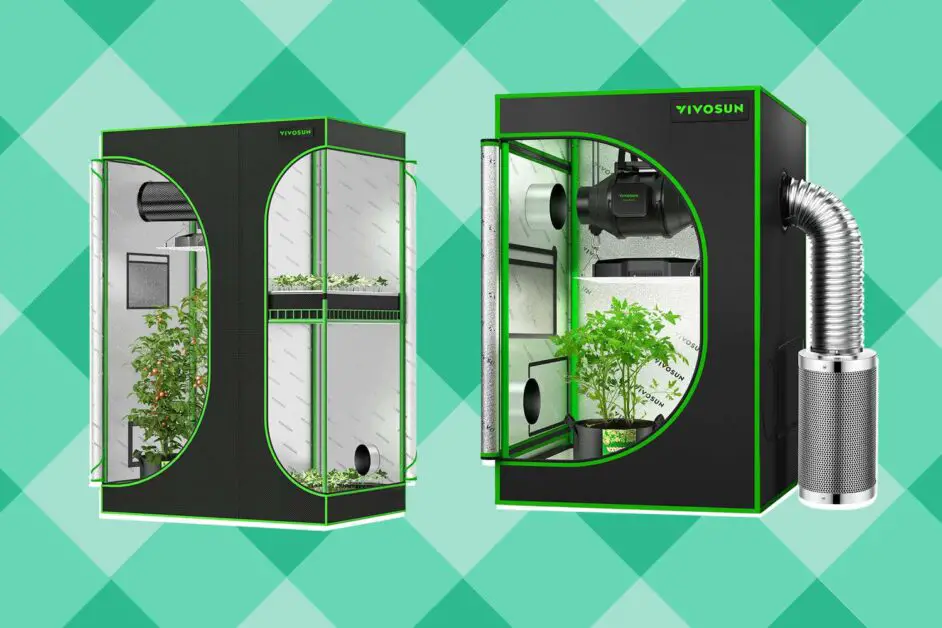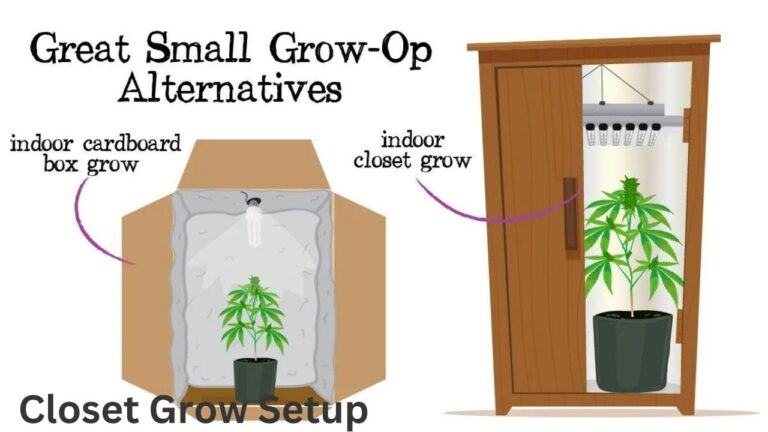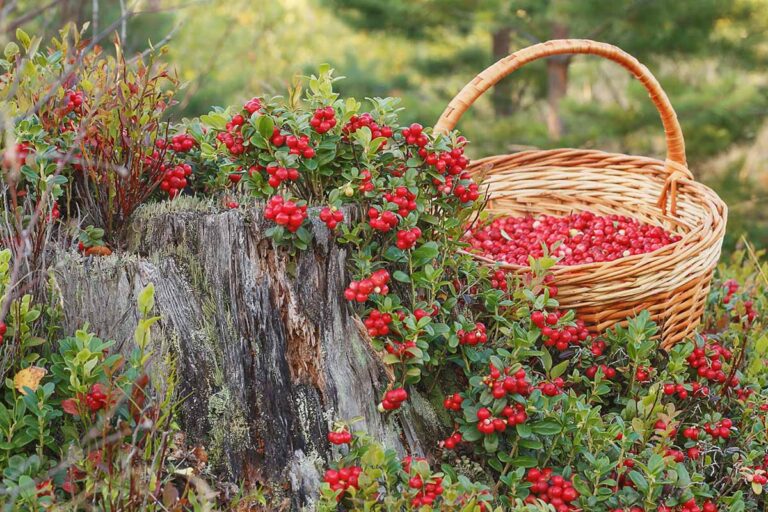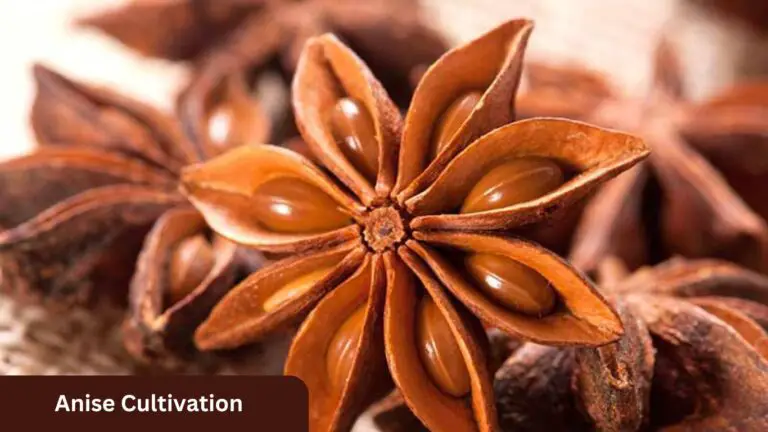Grow Tent Setup Guide: Everything You Need to Know to Start Your Indoor Garden
Table of Contents
Setting up Your Indoor Garden Space
When it comes to setting up your indoor garden space, there are a few key considerations to keep in mind. First and foremost, you’ll want to choose a location that receives ample sunlight or invest in proper lighting equipment. This is crucial for the growth and development of your plants, as they rely on light for photosynthesis. Additionally, having a dedicated space for your indoor garden can help create a conducive environment for your plants to flourish.
Next, you’ll want to think about the size of your grow tent. A grow tent provides a controlled environment for your plants, allowing you to regulate factors such as temperature, humidity, and airflow. The size of your grow tent will depend on the number of plants you plan to cultivate and the available space in your home. It’s important to ensure that your plants have enough room to grow and that you can comfortably access them for maintenance and harvesting.
In conclusion, setting up your indoor garden space requires careful consideration of factors such as lighting, location, and tent size. By creating a conducive environment for your plants, you can set them up for success and enjoy the satisfaction of growing your own fresh produce or beautiful greenery indoors. Stay tuned for more tips on selecting the ideal location, choosing the right grow lights, and maintaining proper temperature and humidity levels for your indoor garden.
Selecting the Right Grow Tent Size
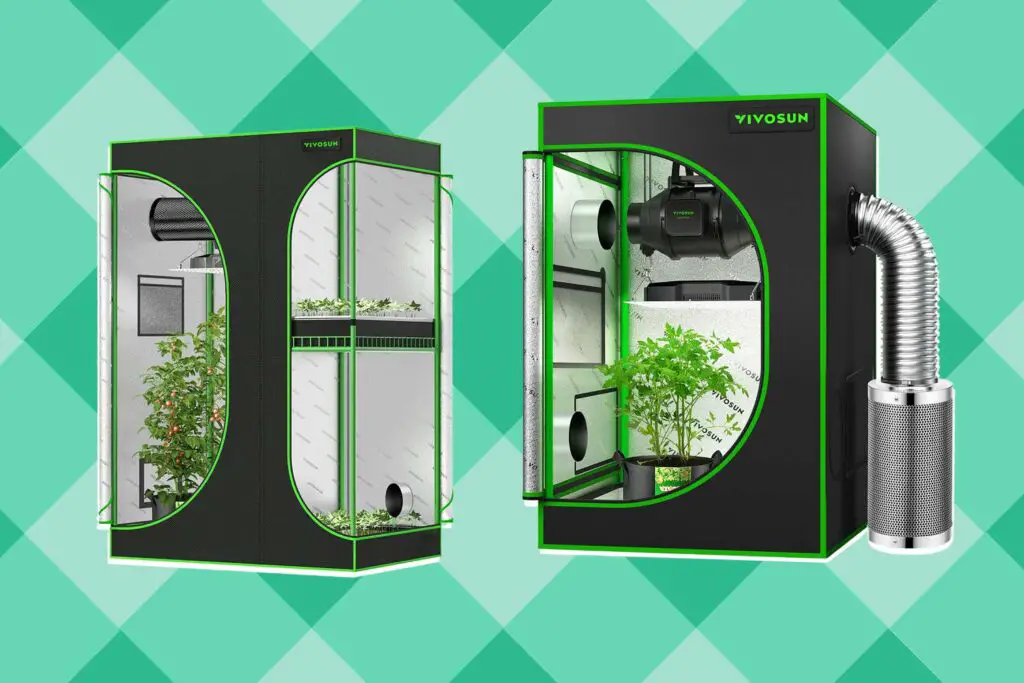
When it comes to indoor gardening, one of the key decisions you’ll need to make is selecting the right size grow tent. The size of your grow tent will determine the number and size of plants you can grow, as well as how much space you’ll need in your home or greenhouse.
Before choosing a grow tent size, it’s important to consider the available space in your home or greenhouse. Measure the area where you plan to set up your indoor garden and take note of any limitations such as low ceilings or awkward corners. This will help you determine the maximum dimensions for your grow tent. Additionally, think about how many plants you want to grow and their expected size at maturity. Different plants have different space requirements, so it’s important to take this into account. By carefully considering these factors, you can ensure that you select a grow tent size that fits your needs and accommodates the plants you want to cultivate.
Choosing the Ideal Location for Your Grow Tent
When it comes to setting up your indoor garden, one of the key factors that can greatly influence the success of your plants is choosing the ideal location for your grow tent. The location will determine the amount of light, temperature, and airflow that your plants will receive, so it’s important to carefully consider this aspect.
First and foremost, it’s crucial to find a location that receives ample natural light. Ideally, you want to place your grow tent near a window or in a room that gets plenty of sunlight throughout the day. Keep in mind that different types of plants have varying light requirements, so make sure to research the specific needs of your plants and choose a location accordingly.
In addition to natural light, you may also need to supplement your plants with artificial lighting. If this is the case, you’ll need to consider the availability of electrical outlets in your chosen location. It’s important to ensure that the location you choose can accommodate the necessary light fixtures and equipment.
Another vital aspect to consider is temperature control. While plants thrive in a certain temperature range, extreme temperature fluctuations can be detrimental to their growth. Therefore, it’s essential to choose a location that is relatively stable in terms of temperature. Additionally, you should avoid placing your grow tent near sources of heat or cold drafts, such as heaters or air conditioning vents, as these can disrupt the optimal temperature for your plants.
Lastly, proper airflow is crucial for the health of your plants. Good air circulation helps prevent the buildup of excess humidity, prevents the growth of mold and mildew, and ensures that carbon dioxide is evenly distributed to the plants. When selecting a location for your grow tent, consider the overall airflow in the room. If necessary, you can also use fans or ventilation systems to improve air circulation within the tent.
By carefully choosing the ideal location for your grow tent, you’ll be providing your plants with the optimal conditions they need to thrive. Take into account factors such as light availability, temperature control, and airflow to ensure that your indoor garden gets off to a great start.
Understanding the Importance of Lighting in Indoor Gardening

Lighting is an essential factor in indoor gardening, as it plays a crucial role in the growth and development of your plants. Proper lighting provides the energy that plants need for photosynthesis, which is the process through which they convert light into usable energy. When it comes to indoor gardening, natural sunlight may not always be readily available or sufficient, especially if you’re growing plants in a basement or windowless room. This is where artificial lighting comes into play, allowing you to create an optimal growing environment for your plants regardless of the external conditions.
One of the key considerations when it comes to indoor lighting is choosing the right type of bulbs. There are various options available, including fluorescent, LED, and high-intensity discharge (HID) lights. Each type has its own advantages and considerations, so it’s important to choose one that suits your specific needs. Fluorescent lights are often favored by beginners due to their affordability and ability to provide a broader light spectrum. On the other hand, LED lights are known for their energy efficiency and customizable spectrum options. HID lights, such as metal halide and high-pressure sodium lamps, are popular among experienced growers for their high-intensity output. Consider factors such as light intensity, color temperature, and spectrum requirements when selecting the best lighting option for your plants.
Properly understanding and implementing lighting in indoor gardening can greatly impact the overall success of your plants. Inadequate lighting can lead to stunted growth, poor flowering, and increased susceptibility to diseases. On the other hand, providing the right amount and quality of light can lead to healthier and more vigorous plants that thrive throughout their life cycle. By taking the time to select appropriate lighting and optimizing the light intensity, spectrum, and duration, you can create an indoor garden that mimics the conditions found in nature and ensures the optimal growth and development of your plants.
Selecting the Best Grow Lights for Your Plants
When it comes to indoor gardening, one of the most important factors to consider is the lighting setup. Since plants rely on light for photosynthesis, providing them with the right amount and quality of light is crucial for their growth and development. In the world of indoor gardening, there are several options to choose from when it comes to grow lights. Each type of grow light has its own strengths and weaknesses, and understanding these differences will help you determine which one is best suited for your plants.
One popular option is fluorescent lights, which are known for their energy efficiency and affordability. Available in both fluorescent tube and compact fluorescent bulb forms, these lights provide a good spectrum of light for plants, making them suitable for all stages of growth. However, fluorescent lights have limited intensity and may not be sufficient for plants with high light requirements. Another option is High Intensity Discharge (HID) lights, which include Metal Halide (MH) and High-Pressure Sodium (HPS) bulbs. These lights are more powerful and can cater to the needs of plants in vegetative and flowering stages. However, they can generate a lot of heat and may require additional cooling equipment. LED lights are gaining popularity in indoor gardening due to their efficiency and versatility. Although LED lights can be more expensive upfront, they can save energy in the long run and have a longer lifespan. They also produce less heat, allowing you to place them closer to your plants without causing damage. Overall, the best grow lights for your plants will depend on factors such as your budget, plant types, and specific growth stage requirements.
Setting Up Proper Ventilation in Your Grow Tent
Proper ventilation is crucial for the success of your indoor garden in a grow tent. Without adequate airflow, plants may suffer from a lack of fresh air and become vulnerable to pests and diseases. Additionally, poor ventilation can lead to the accumulation of excess humidity, which can cause mold and other issues. In this section, we will discuss the importance of setting up proper ventilation in your grow tent and provide practical solutions to ensure your plants thrive.
One of the first things you need to consider when setting up ventilation in your grow tent is the size of your tent and the number of plants you have. A general rule of thumb is to have an exhaust fan that can cycle the air in your tent once every five minutes. This will help maintain a fresh and stable environment for your plants. To determine the CFM (cubic feet per minute) rating you need for your exhaust fan, multiply the width, length, and height of your tent to calculate the cubic footage, and divide it by 5. For example, if you have a tent that measures 4 feet by 4 feet by 6 feet, the cubic footage would be 96 (4 x 4 x 6), and you would require an exhaust fan with a CFM rating of at least 19 (96 ÷ 5).
In addition to an exhaust fan, you also need to incorporate an intake fan or passive intake vents to ensure proper airflow. This will bring in fresh air from the outside, providing an ample supply of carbon dioxide (CO2) and preventing the build-up of heat and moisture. Positioning the intake fan or vents near the floor and the exhaust fan near the top of the tent will create a natural flow of air from bottom to top, mimicking nature’s breeze. It is important to note that some grow tent kits come with pre-installed ventilation systems, so check the manufacturer’s instructions before purchasing additional fans or vents.
Understanding the Role of Air Circulation in Indoor Gardening

Air circulation plays a crucial role in indoor gardening as it helps maintain a stable and healthy environment for your plants. Proper air circulation ensures that carbon dioxide is distributed evenly, allowing your plants to carry out photosynthesis effectively. It also helps prevent the occurrence of stagnant air, which can lead to the growth of mold, mildew, and pests.
One common question that gardeners have is how to achieve good air circulation in their indoor gardens. There are a few key strategies you can employ to ensure optimal airflow. Firstly, it is essential to have an air extraction system in place, such as an exhaust fan, to remove stale air and bring in fresh air from outside. Additionally, incorporating oscillating fans within your grow space can help circulate the air around the plants, preventing hotspots and promoting even growth. By strategically positioning the fans to create a gentle breeze, you can stimulate stronger stems and reduce the risk of diseases caused by stagnant air. It’s important to note that excessive air movement can also be harmful to plants, so finding the right balance is crucial. By monitoring and adjusting the airflow regularly, you can provide the ideal conditions for your indoor garden to thrive.
Choosing the Right Growing Medium for Your Plants
The growing medium you choose for your indoor plants plays a crucial role in their overall health and vitality. It provides support, nutrients, and helps maintain an optimal moisture level for root development. There are several types of growing mediums available, each with its own advantages and considerations.

One popular option is soil, which is readily available and affordable. It contains a natural mix of organic matter, minerals, and beneficial microorganisms that contribute to plant growth. However, it’s important to choose a high-quality soil mix specifically formulated for indoor gardening, as regular garden soil may be too heavy and can lead to drainage problems. Additionally, soil can harbor pests and diseases, so it’s essential to use sterilized soil or pasteurize it before use.
Another option is hydroponic systems, where plants are grown in nutrient-rich water rather than soil. This method provides precise control over nutrient delivery and offers faster growth rates compared to traditional soil-based methods. Hydroponics can be done with various mediums like perlite, coco coir, or rockwool, which provide support and excellent moisture retention. However, setting up a hydroponic system requires more initial investment and monitoring of nutrient levels.
When choosing the right growing medium for your plants, consider factors such as the plant’s specific needs, your gardening experience, and the resources available to you. It’s also a good idea to experiment with different mediums to see what works best for your indoor garden. Ultimately, a well-chosen growing medium will promote healthy root development, ensuring thriving plants in your indoor garden.
Providing the Ideal Nutrient Solution for Your Plants
Proper nutrition is crucial for the health and growth of your indoor plants. Providing the ideal nutrient solution ensures that your plants have access to the essential elements they need to thrive. But with so many options available on the market, it can be overwhelming to choose the right one.
The first step in selecting the ideal nutrient solution is to consider the specific needs of your plants. Different plants have different nutritional requirements, so it’s important to choose a formula that is tailored to their needs. You can often find pre-made nutrient solutions designed for specific plant types, such as vegetables, herbs, or flowering plants. These formulas are carefully formulated to provide the optimal balance of nutrients for each plant’s growth stage.
In addition to considering the nutritional needs of your plants, it’s also important to think about the growing medium you are using. If you are using a hydroponic system, where plants grow without soil, you will need to choose a nutrient solution that is specifically formulated for hydroponics. These solutions are designed to be easily absorbed by the plants’ roots in this soil-less environment. On the other hand, if you are growing your plants in soil, you can choose a nutrient solution that is suitable for soil-based cultivation.
When it comes to applying the nutrient solution, it’s important to follow the manufacturer’s instructions carefully. Overfeeding your plants can be just as detrimental as underfeeding them, so it’s crucial to provide the right amount of nutrients. You can measure the concentration of the solution using a digital meter or test kit, and adjust it accordingly. Remember to monitor your plants closely for any signs of nutrient deficiencies or excesses, such as yellowing leaves or stunted growth. If you notice any issues, you can adjust the nutrient solution accordingly to address the problem.
By providing your indoor plants with the ideal nutrient solution, you will promote healthy growth, vibrant foliage, and abundant blooms. Remember to choose a formula that matches the specific needs of your plants and the growing medium you are using. Stay vigilant in monitoring your plants’ nutrient requirements and make adjustments as necessary. With proper nutrition, your indoor garden will flourish and reward you with beautiful, thriving plants.
Monitoring and Maintaining Proper Temperature and Humidity Levels
Maintaining proper temperature and humidity levels is crucial for the success of your indoor garden. Different plants have different temperature and humidity requirements, so it’s important to create an environment that is suitable for the specific plants you are growing.
To monitor the temperature in your grow tent, you can use a thermometer placed at plant level. Keep in mind that temperature fluctuations can have a significant impact on plant growth, so it’s important to strive for consistency. During the day, most plants thrive in temperatures between 70-80°F (21-27°C), while nighttime temperatures should be slightly cooler, around 60-70°F (16-21°C).
Humidity levels also play a key role in plant health. Too much humidity can lead to the growth of molds and fungi, while too little humidity can cause plants to dry out. Generally, a humidity range of 40-60% is ideal for most plants. You can monitor humidity levels using a hygrometer and adjust them accordingly using humidifiers, dehumidifiers, or fans.
One common problem that gardeners face is how to maintain temperature and humidity levels during different seasons. For example, during the summer months, it can be challenging to keep temperatures from rising too high in the grow tent. In this case, you can use reflective materials or shade cloth to reduce the amount of heat coming into the space. Additionally, using fans or an air conditioner can help to cool down the area. On the other hand, during the winter months, it may be necessary to use a heater or insulation to maintain the proper temperature range.
By closely monitoring and adjusting temperature and humidity levels in your indoor garden, you can create a favorable environment that promotes healthy plant growth and maximizes your chances of a successful harvest.
Understanding the Importance of pH Levels in Indoor Gardening
The pH level plays a crucial role in the successful cultivation of plants, especially in indoor gardening. pH stands for “potential hydrogen,” and it measures the acidity or alkalinity of the growing medium, such as soil or water. The pH scale ranges from 0 to 14, with 7 being neutral. When the pH level deviates too much from the ideal range for a specific plant, it can negatively affect nutrient uptake and absorption, leading to stunted growth and poor overall health.
Why is pH level important in indoor gardening?
Maintaining the correct pH level ensures that plants can access and absorb essential nutrients effectively. Each plant has its own preferred pH range, with most common garden plants thriving in slightly acidic to neutral conditions, usually around 6 to 7. However, there are exceptions, such as acid-loving plants like azaleas and blueberries, which prefer more acidic conditions (pH 4.5 to 5.5). By understanding the pH preferences of your plants, you can create an optimal growing environment that promotes healthy growth and significantly reduces the risk of nutrient deficiencies or toxicities. In the following paragraphs, we will explore methods to measure pH levels, discuss the factors affecting pH in indoor gardening, and provide practical solutions to maintain the ideal pH range for your plants’ specific needs.
Setting Up an Efficient Watering System for Your Plants
One of the key elements in successfully growing plants indoors is ensuring they receive the right amount of water. Setting up an efficient watering system is essential to prevent over or under watering, which can lead to stressed or unhealthy plants. By implementing a proper watering system, you can save time and effort, while also promoting optimal growth and overall plant health.
There are several options available when it comes to setting up a watering system for indoor plants. One popular choice is using a drip irrigation system. This system allows for precise and controlled watering by delivering water directly to the plant’s root zone. Drip irrigation can be set up using a network of tubes and emitters, which can be customized according to the size and layout of your indoor garden. Not only does this system conserve water by reducing evaporation, but it also minimizes the risk of disease as water is not splashed onto the leaves.
Managing Pests and Diseases in Your Indoor Garden
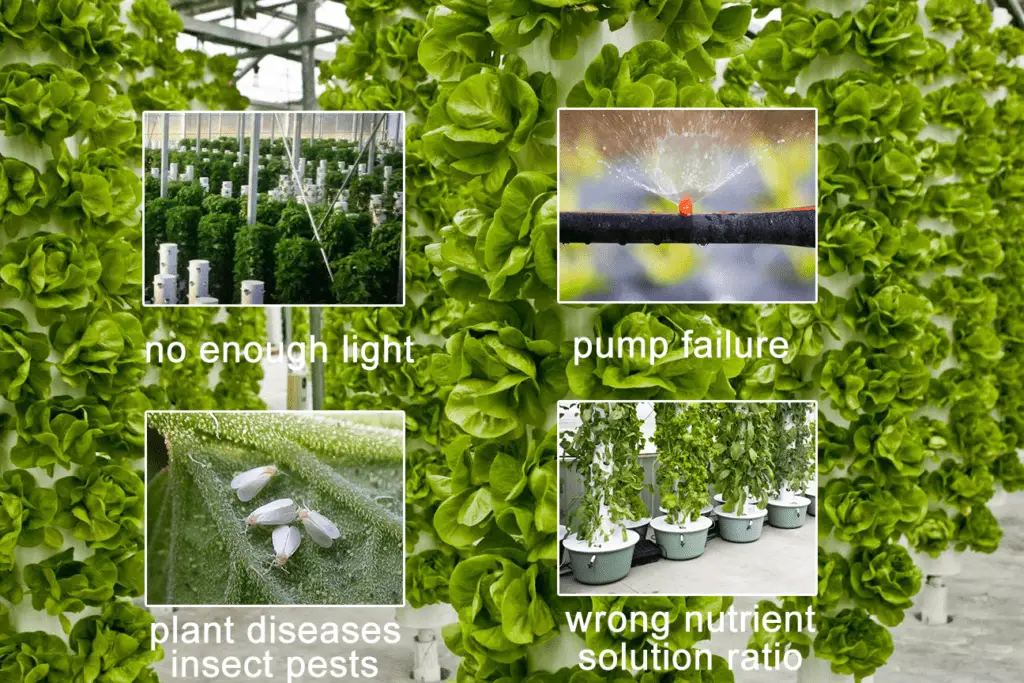
Managing pests and diseases in your indoor garden is crucial to ensure the health and productivity of your plants. Even though indoor environments are generally less susceptible to pests and diseases compared to outdoor gardens, there are still potential threats that you need to be aware of. These can include aphids, spider mites, fungus gnats, powdery mildew, and other common pests and diseases that can quickly spread and cause harm to your precious plants.
To effectively manage pests, prevention is key. Start by regularly inspecting your plants for any signs of pests or diseases. Look under the leaves, along the stems, and in the soil for any visible signs such as discolored or wilting leaves, webbing, tiny insects, or unusual growth patterns. If you detect any issues, it’s crucial to act quickly to prevent the infestation from spreading. One approach to prevention is maintaining a clean and tidy indoor garden space. Remove any fallen leaves, debris, or dead plants as they can attract pests. Regularly sanitize your tools and equipment to avoid introducing any pests or diseases. Additionally, consider using natural or organic pest control methods such as neem oil, insecticidal soaps, or biological controls like ladybugs or predatory mites, which can help keep pests at bay without harming your plants or jeopardizing the safety of your indoor environment.
While prevention is vital, it’s also important to be prepared to handle pest and disease outbreaks if they do occur. In some cases, you may need to resort to chemical treatments to effectively eliminate the infestation. However, it’s crucial to be cautious when using pesticides indoors, as the confined space can increase the risk of exposure to harmful chemicals. Always carefully read and follow the instructions on the pesticide label, wear proper protective gear, and consider opting for low-toxicity products that are safe for indoor use. You can also explore alternative methods such as biological controls or integrated pest management (IPM) strategies, which employ a combination of tactics to control pests and diseases while minimizing the use of chemicals. Remember, a proactive and vigilant approach, coupled with proper prevention and treatment methods, will go a long way in ensuring a healthy and thriving indoor garden.
Harvesting and Caring for Your Plants
Harvesting and caring for your plants is a crucial step in the indoor gardening process. It is the moment when all your hard work pays off, and you get to enjoy the fruits of your labor. But it doesn’t end there – proper care is essential to ensure the longevity and health of your plants. Here are some key tips to help you with harvesting and caring for your plants.
When it comes to harvesting, the timing is everything. Each plant has its own ideal harvest time, which can vary depending on the type of plant, growing conditions, and personal preference. For fruits and vegetables, a general rule of thumb is to wait until they are fully ripe before picking. This ensures optimal taste, texture, and nutritional value. But don’t wait too long, as overripe produce can become mushy and spoil quickly. Leafy greens, on the other hand, can be harvested when they reach the desired size, usually before they start flowering or bolting. For herbs, harvesting can be done throughout the growth cycle, but it’s best to pick them in the morning when their essential oils are at their peak.
Caring for your plants after harvesting involves a few essential tasks. First, remove any dead or yellowing leaves to prevent them from attracting pests or diseases. Prune back any overgrown branches to promote new growth and maintain a compact shape. It’s also important to clean your indoor garden space regularly to keep it free from dust, debris, and pests. Additionally, monitor your plants for signs of nutrient deficiencies or pest infestations, and take appropriate action promptly. Finally, remember to water your plants according to their specific needs, keeping in mind that overwatering can be just as harmful as underwatering. With proper care and attention, your indoor garden will continue to flourish and provide you with fresh and delicious produce for months to come.
Troubleshooting Common Issues in Indoor Gardening
Indoor gardening can be a rewarding and calming experience, but it’s not without its challenges. No matter how experienced you are, there may come a time when you encounter common issues that can hinder the growth and health of your plants. Understanding how to troubleshoot these issues is crucial in maintaining a flourishing indoor garden. Here, we will discuss some of the most common problems faced by indoor gardeners and provide practical solutions to help you overcome them.
One common issue that indoor gardeners often face is the presence of pests. These unwanted visitors can wreak havoc on your plants, impacting their overall health and productivity. Aphids, spider mites, and fungus gnats are just a few of the pests that can find their way into your indoor garden. To tackle this problem, it’s important to maintain a clean and hygienic environment. Regularly inspect your plants for any signs of pest infestation and take immediate action. You can use natural remedies like neem oil or insecticidal soap to control the pests. Additionally, introducing beneficial insects like ladybugs or predatory mites can help keep the pest population in check. Remember to isolate any infected plants to prevent the spread of pests to other healthy plants. Taking a proactive approach is key to maintaining a healthy and pest-free indoor garden.
Another common issue that indoor gardeners encounter is nutrient deficiencies in their plants. Nutrients play a vital role in the growth and development of plants, and deficiencies can lead to stunted growth, yellowing leaves, or poor fruit production. It’s essential to provide your plants with a balanced and complete nutrient solution to prevent deficiencies. Regularly monitor the nutrient levels in your growing medium using pH and conductivity meters. If you notice any imbalances or deficiencies, adjust your nutrient solution accordingly. It’s also important to ensure that the pH level of your nutrient solution is within the optimal range for each specific type of plant. Nutrient deficiencies can often be avoided by following a regular feeding schedule and providing your plants with the necessary elements for healthy growth. Remember, a well-nourished plant is a happy and productive plant.
In conclusion, troubleshooting common issues in indoor gardening requires careful observation, attention to detail, and timely intervention. By addressing pest infestations and nutrient deficiencies promptly, you can ensure the overall health and productivity of your indoor garden. Remember to maintain a clean and hygienic environment, use natural remedies or introduce beneficial insects to control pests, and provide the right balance of nutrients for your plants. With proper care and a proactive approach, you can overcome these common challenges and enjoy a thriving indoor garden.
How often should I water my indoor plants?
The frequency of watering your indoor plants depends on the type of plant, the size of the pot, and the environmental conditions in your home. As a general rule, it’s best to check the moisture level of the soil before watering. Stick your finger about an inch into the soil, and if it feels dry, it’s time to water. Overwatering can lead to root rot, so it’s important not to water too frequently.
How can I prevent pests from infesting my indoor garden?
To prevent pests from infesting your indoor garden, it’s essential to maintain a clean and healthy environment. Regularly inspect your plants for any signs of pests and remove them immediately. Keep your indoor garden space clean and free from debris. You can also use natural pest control methods such as neem oil or insecticidal soap, or introduce beneficial insects like ladybugs or predatory mites to help control pests.
How can I increase humidity in my indoor garden?
Increasing humidity in your indoor garden can be done by several methods. One way is to place a tray filled with water near your plants. As the water evaporates, it increases the humidity in the surrounding area. Another option is to use a humidifier specifically designed for indoor gardening. Misting the leaves of your plants with water can also temporarily increase humidity. Additionally, grouping plants together can create a microclimate with higher humidity levels.
What is the ideal temperature range for indoor gardening?
The ideal temperature range for indoor gardening varies depending on the specific plants you are growing. In general, most indoor plants thrive in temperatures between 65°F and 75°F (18°C to 24°C) during the daytime and slightly cooler temperatures at night. However, it’s important to research the specific temperature preferences for the plants you are growing, as some may require lower or higher temperatures to thrive.
How can I determine if my plants are receiving enough light?
The best way to determine if your plants are receiving enough light is by observing their growth and appearance. If your plants are growing tall and spindly, with long gaps between leaves, it is a sign of insufficient light. On the other hand, if the leaves start turning yellow or developing brown spots, it could be a sign of too much light. Experiment with different light levels and observe how your plants respond to find the optimal balance.
Can I reuse the growing medium for my indoor plants?
Reusing the growing medium for your indoor plants can be possible, but it’s important to take certain precautions. First, remove any visible roots or plant debris from the medium. Then, sterilize the medium by baking it in the oven at 180°F (82°C) for about 30 minutes to kill any remaining pathogens. After sterilization, it’s advisable to mix in fresh compost or other organic matter to replenish the nutrients. However, some plants may benefit from fresh, new growing medium for optimal growth.
How often should I fertilize my indoor plants?
The frequency of fertilizing your indoor plants depends on the type of plants, the type of fertilizer used, and the specific instructions provided by the manufacturer. In general, it’s best to fertilize indoor plants every 4-6 weeks during the growing season (spring and summer). However, it’s important not to over-fertilize, as it can lead to nutrient burn and damage the plants. Always follow the instructions on the fertilizer packaging and adjust the frequency based on the needs of your specific plants.
How can I prevent mold growth in my indoor garden?
To prevent mold growth in your indoor garden, it’s important to maintain proper ventilation and air circulation. Mold thrives in moist and stagnant conditions, so ensure that the air is flowing freely around your plants. Avoid overwatering and allow the soil to dry out between waterings. If you notice mold starting to form, remove the affected plant and clean the area thoroughly. You can also use a fan or dehumidifier to reduce excess moisture in the air.

Suyash Dhoot, editor at SouthElMonteHydroponics.com, is a pioneering force in hydroponics. His expertise spans nutrient solutions and cutting-edge technology. Through meticulous editing, he elevates the site to a beacon of knowledge, offering invaluable insights. Dhoot’s dedication shapes a greener, more efficient future for agriculture.

